There's something truly magical about double and multi-petal jasmine. The lush, layered blooms look like tiny roses and release an intoxicating fragrance that can fill an entire garden. Unlike their single-petal cousins, these varieties, such as Jasminum sambac 'Grand Duke of Tuscany' or the 'Belle of India', offer a more voluptuous floral display. However, their exquisite beauty comes with specific needs. Many gardeners find themselves wondering why their plant isn't blooming as profusely as expected. The good news is that with the right knowledge, caring for these floral divas is deeply rewarding.
Let's start with the foundation of any healthy plant: light. These jasmines are sun worshippers. They thrive in bright, direct light for at least 4 to 6 hours a day. A south or west-facing spot is ideal. Without enough sun, the plant will become leggy, stretching out with large gaps between leaves, and it will produce very few, if any, of those gorgeous double blooms. Think of sunlight as the primary energy source that fuels the entire flowering process. If you're growing it indoors, a sunny windowsill is a must. During the darker winter months, don't be surprised if growth slows down; it's simply waiting for the sun's return.
Getting the watering routine right is perhaps the most common challenge. The goal is to maintain consistently moist soil, but never soggy. Imagine a well-wrung-out sponge – that's the perfect moisture level. A good method is to stick your finger about an inch into the soil. If it feels dry, it's time to water. Water thoroughly until you see it run out of the drainage holes, then empty the saucer underneath after a few minutes. This ensures the roots get a full drink without sitting in water, which can quickly lead to root rot. In the hot summer, you might need to water every other day, while in the cool winter, once a week could be sufficient. Pay attention to your plant, not the calendar.
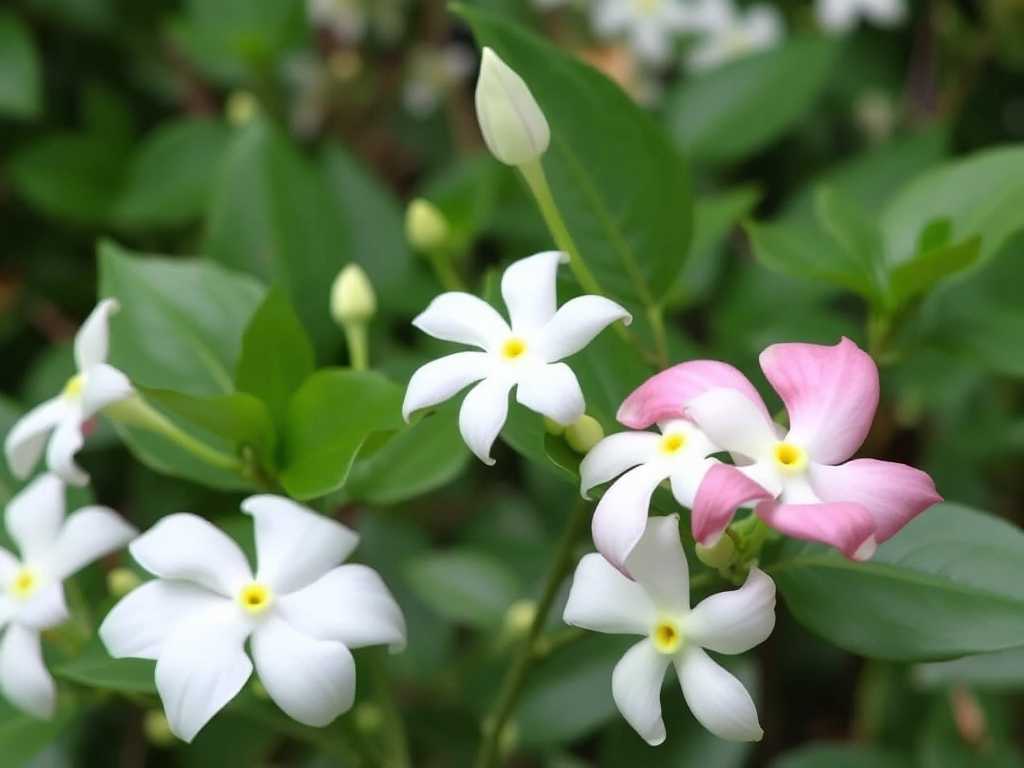
The soil you choose acts as the plant's home, and it needs to be just right. A well-draining, slightly acidic to neutral potting mix is perfect. You can use a standard potting mix and amend it with some perlite or orchid bark to improve drainage and aeration. This loose structure allows roots to breathe and prevents waterlogging. Good drainage for jasmine plants is non-negotiable for their long-term health.
To produce those spectacular multi-petal jasmine flowers, your plant needs proper nutrition. During the active growing season (spring and summer), feed it with a balanced, water-soluble fertilizer every two to four weeks. Look for a fertilizer with a higher phosphorus content (the middle number in the N-P-K ratio, like 10-30-10), as phosphorus promotes blooming. However, ease off on fertilizing in the fall and winter when the plant's growth naturally slows. Over-fertilizing, especially with high nitrogen, will give you lots of green leaves at the expense of flowers.
Temperature and humidity play a crucial role in replicating the jasmine's preferred tropical environment. They enjoy average room temperatures between 60-75°F (15-24°C). It's beneficial to provide a slight drop in temperature at night, which can help stimulate budding. More importantly, they love humidity. Dry, indoor air, especially from heating or air conditioning, can cause bud drop and brown leaf tips. To increase humidity, you can mist the leaves regularly, place the pot on a tray filled with pebbles and water (ensuring the pot sits above the waterline), or use a small humidifier nearby. This is a key step for successful double petal jasmine cultivation.
Pruning is not something to be afraid of; it's an essential part of care for a multi-petal jasmine plant. Pruning encourages bushier, more compact growth and promotes more flowering, as blooms typically appear on new growth. The best time to prune is right after a main flowering flush has finished. Use clean, sharp shears to remove any dead or weak branches. You can also trim back long, leggy vines by up to one-third of their length. Don't be shy – a good prune will result in a much fuller and happier plant.
Even with the best care, you might encounter a few issues. Here’s how to troubleshoot common double petal jasmine problems:
If your plant isn't blooming, the most likely culprits are insufficient light or incorrect pruning. Remember, these plants need lots of sun. Also, if you pruned at the wrong time (like late summer), you might have accidentally removed the buds for the next season.
Yellowing leaves can be a sign of overwatering. Check the soil moisture and make sure your pot has adequate drainage. Conversely, leaves that are brown and crispy are often a cry for more water or higher humidity.
Keep an eye out for common pests like aphids, spider mites, and mealybugs. These tiny critters love to suck sap from new buds and leaves. If you spot them, treat your plant immediately with insecticidal soap or neem oil, making sure to cover the undersides of the leaves.
When your jasmine outgrows its pot, it's time to repot. You'll know it's time if you see roots growing out of the drainage holes or if the plant dries out very quickly after watering. The best time for repotting jasmine plants is in the spring, just before the main growth season begins. Choose a new pot that is only one size larger (1-2 inches bigger in diameter) to prevent the soil from staying wet for too long. Gently loosen the root ball, place it in the new pot with fresh potting mix, and water it well.
For those in cooler climates, overwintering your jasmine is a critical step. These plants are not frost-hardy. If you've enjoyed your plant outdoors for the summer, bring it inside well before the first frost. Place it in your sunniest window. It may go semi-dormant, losing some leaves, which is normal. Reduce watering slightly and stop fertilizing until the spring when new growth appears.
With these practical steps—providing ample sun, perfecting your watering, and maintaining a humid environment—you are well on your way to becoming an expert in double and multi-petal jasmine care. The sight of its layered white blooms and the sweet scent that follows you through your home or garden will be a testament to your attentive care. Enjoy the journey of growing this beautiful plant.
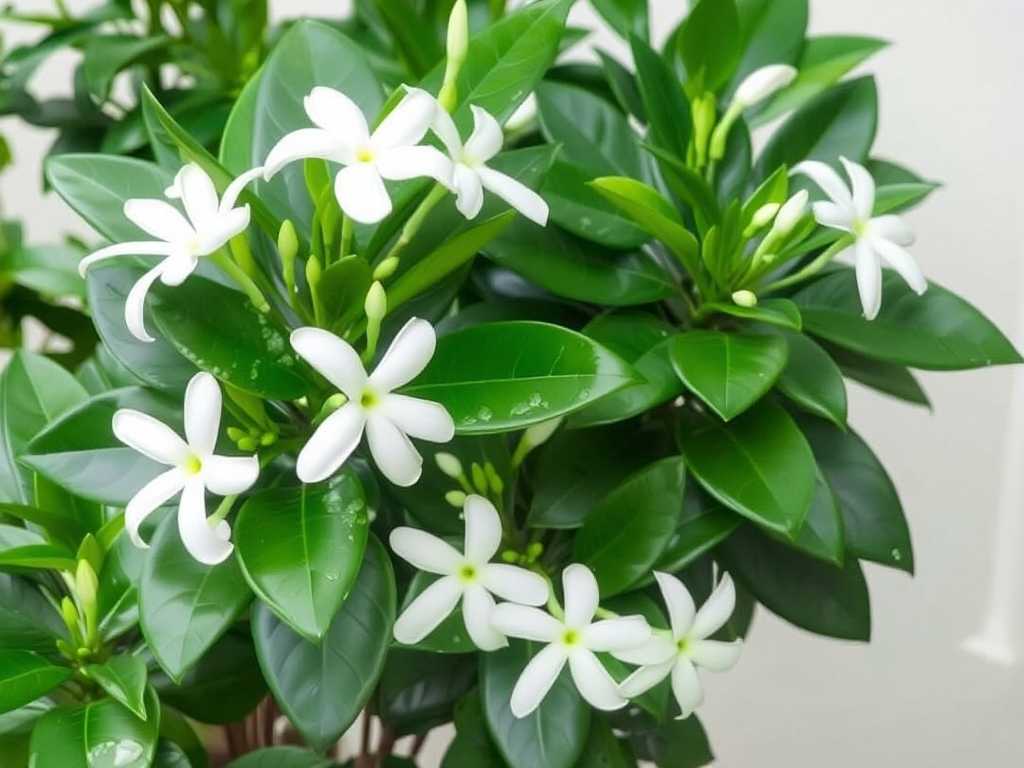
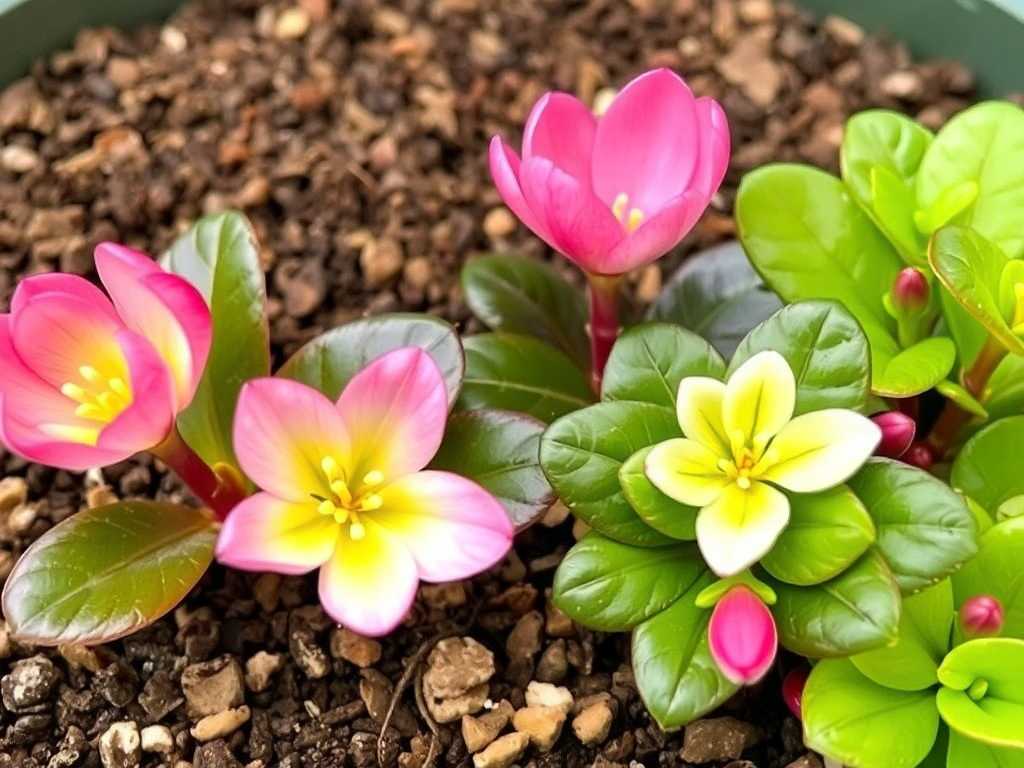
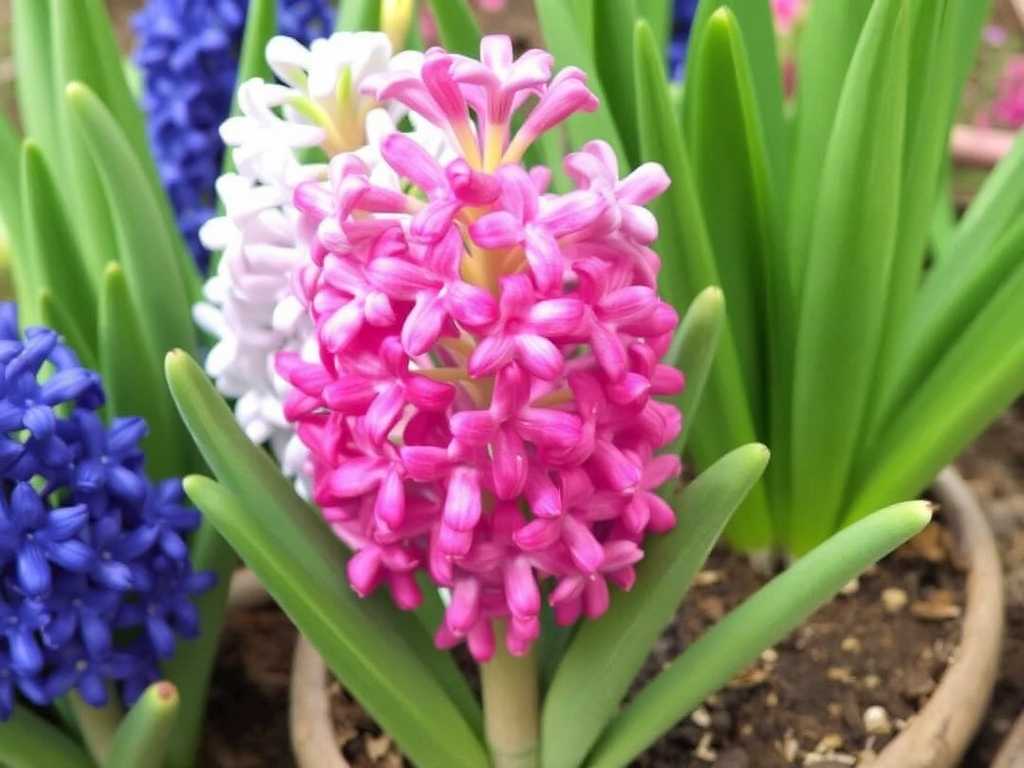
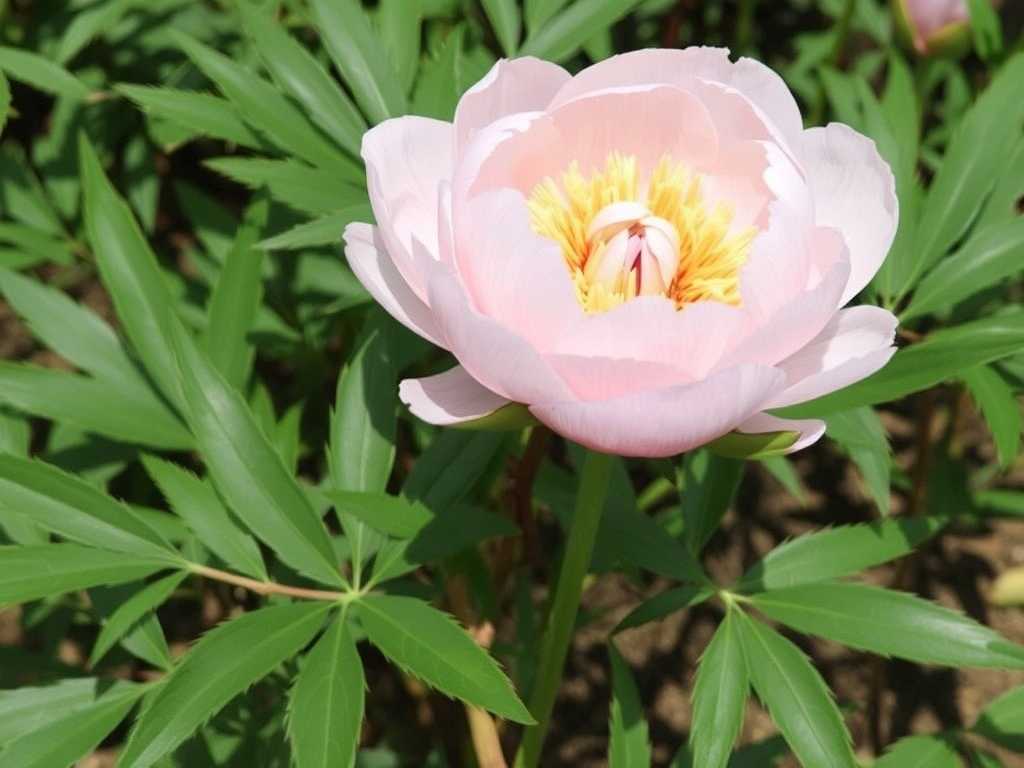

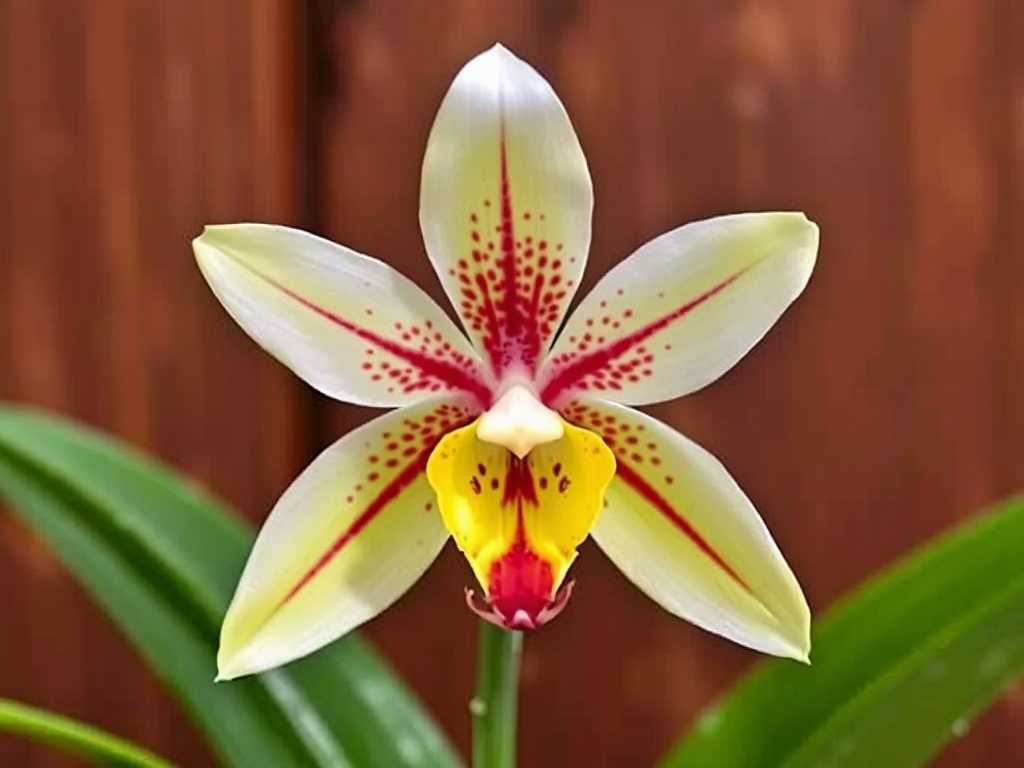
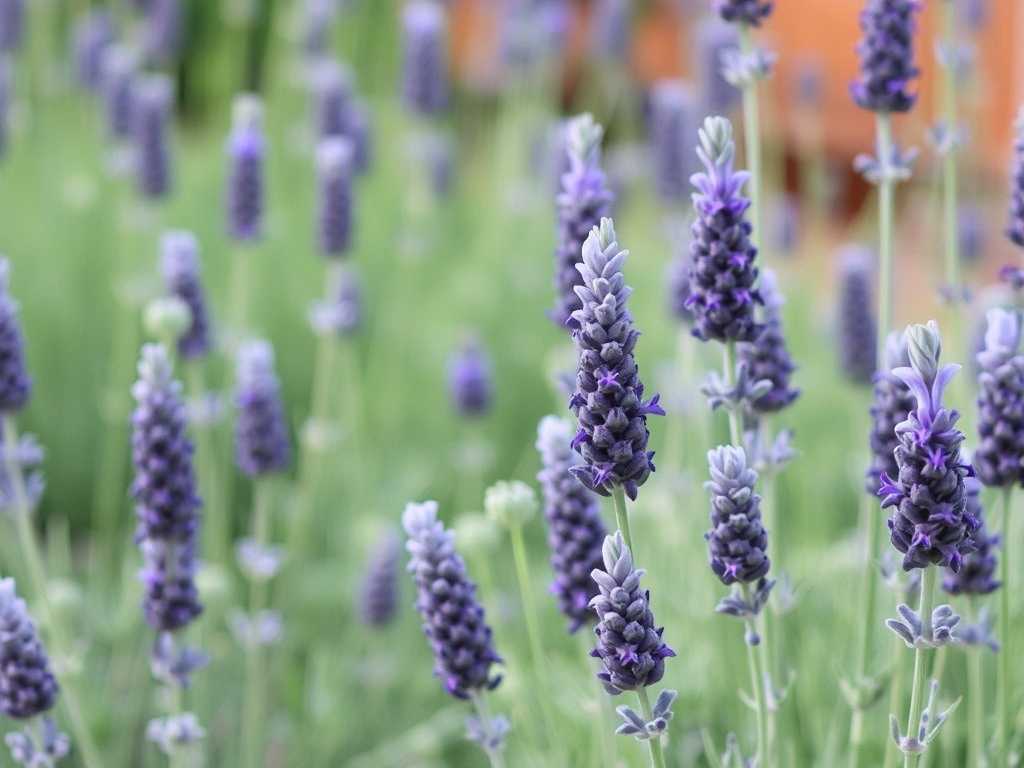
发表评论